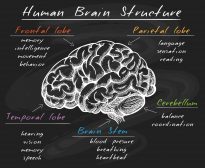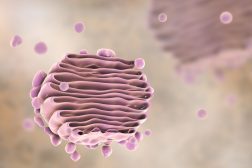Definition
noun
A sensory perception of motion and relative position of the body through the receptors in tissues such as muscles, tendons, inner ear and joints
Supplement
Proprioception is a perception or sense of the movement and the position of one’s body at a subconscious level. It enables the individual to sense the relative position of body parts to the other parts of the body. It also enables to perceive the strength of effort used in movement.1 For instance, the person would be able to know the position of the arm above the head or would be able to touch the nose with one’s finger even if blindfolded. This is possible because the muscle of the body would relay information to the brain from the sensory nerves that the body part is moving with respect to the other parts of the body.
Proprioception is sometimes used interchangeably with kinesthesia or kinesthetic sense. That is because kinesthesia refers to the awareness of movement and position of the body parts by means of proprioceptors. However, kinesthesia is more about the sense of motion and excludes the sense of equilibrium or balance. A disruption in the sense of equilibrium or balance would also affect proprioception but not kinesthetic sense.2
Word origin: Latin proprius (“one’s own”, “individual”) + capio, capere (“to take or grasp”)
See also:
Reference(s):
1Proprioception. Retrieved from ://en.wikipedia.org/wiki/Proprioception.
2Proprioception. Retrieved from ://www.physio-pedia.com/Proprioception.







